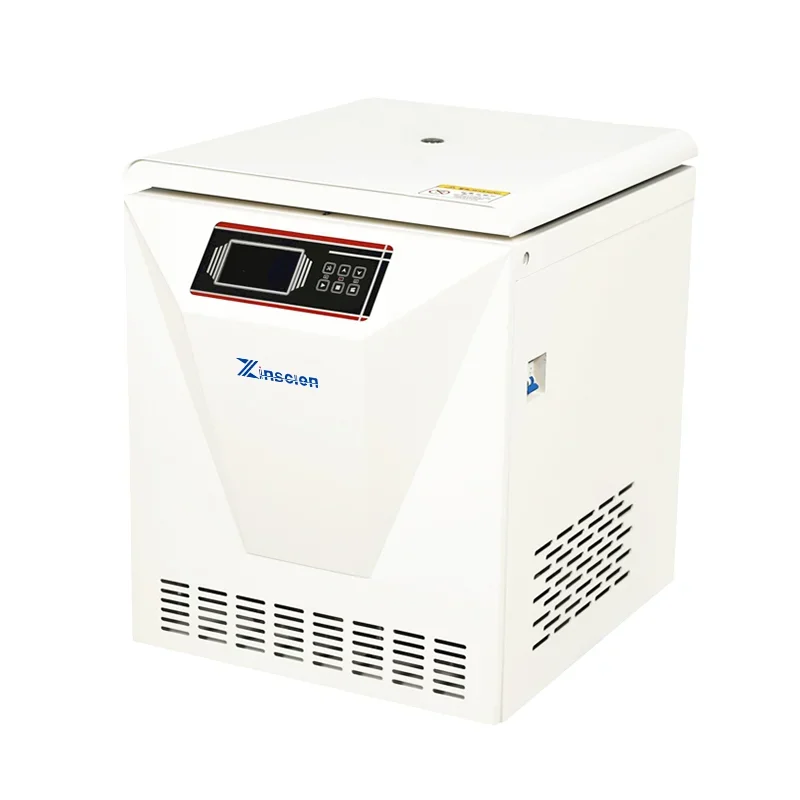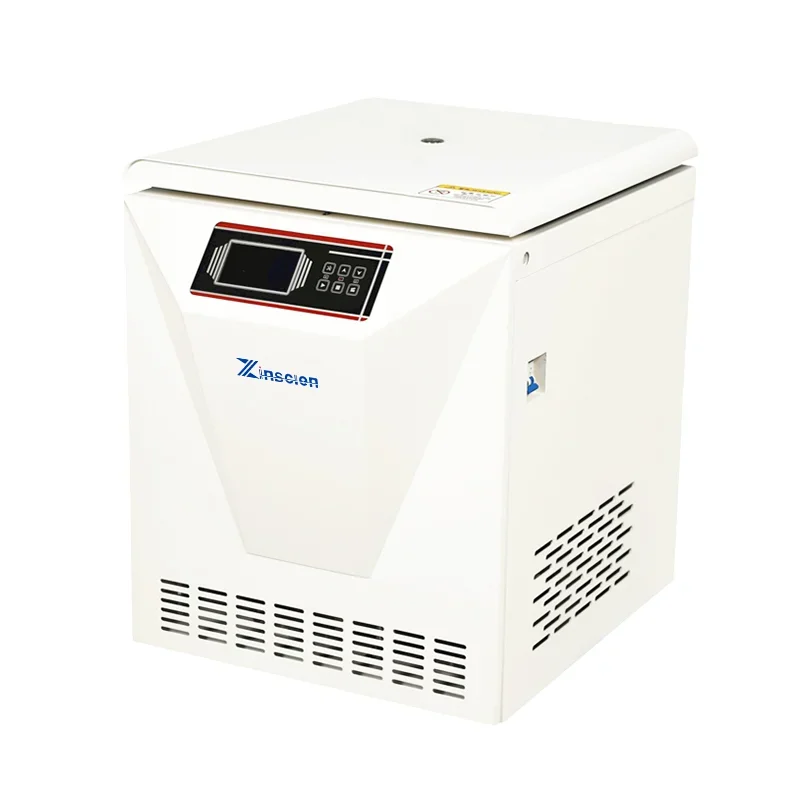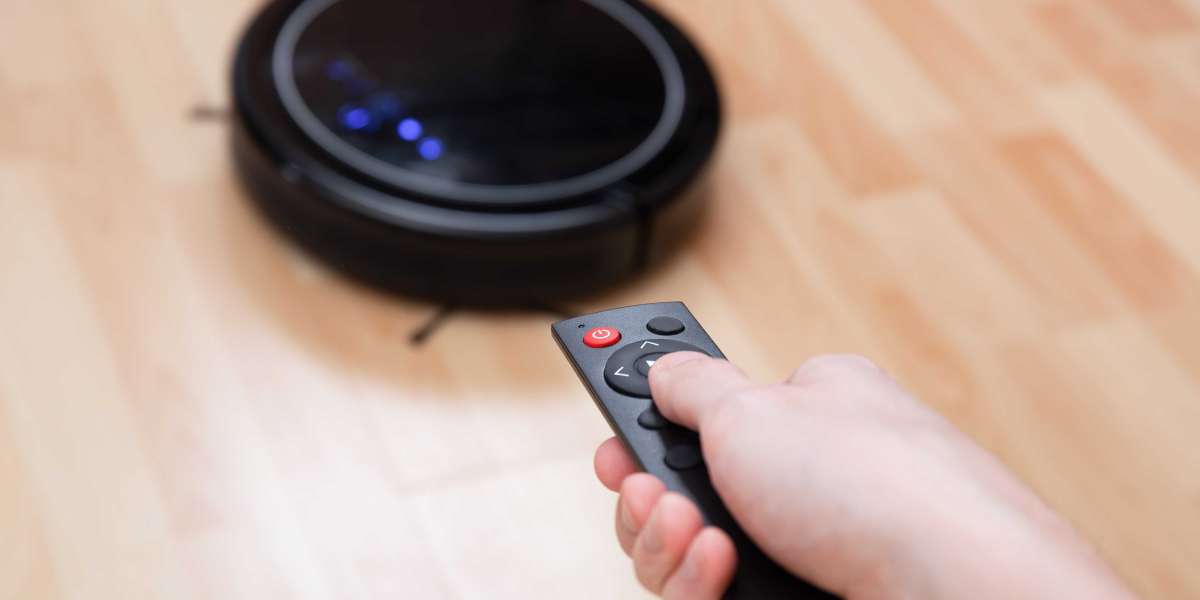A laboratory centrifuge is an indispensable tool in the biomedical field, leveraging the centrifugal force generated by a rotating rotor to separate substances of different densities and particle sizes in suspension or emulsion. This separation process is crucial for various applications, including cell culture, protein purification, blood analysis, and more. Among the various types of centrifuges available, floor type low-speed centrifuges stand out due to their versatility, capacity, and reliability.

The Role of Floor Type Low-Speed Centrifuges in Biomedical Research
1. Cell Culture and Harvesting
Cell culture is a fundamental technique in biomedical research, involving the growth and maintenance of cells in controlled conditions. Floor type low-speed centrifuges are essential for cell harvesting, where cells are separated from their culture medium. The gentle, low-speed centrifugation process minimizes cell damage, ensuring high cell viability for subsequent experiments.
2. Protein Purification
Protein purification is another critical application of floor type low-speed centrifuges. Proteins are often isolated from complex mixtures using techniques such as density gradient centrifugation. Low-speed centrifuges provide the necessary force to separate proteins based on their density and size, enabling researchers to purify specific proteins for further analysis or therapeutic use.
3. Blood Analysis
In clinical settings, floor type low-speed centrifuges are used for blood analysis. By separating blood components such as red blood cells, white blood cells, and plasma, doctors can obtain valuable information about a patient's health status. This separation process is crucial for diagnosing diseases, monitoring treatment progress, and assessing overall health.
Applications in Biomedical Research
The versatility and performance of Zinscien Technology's floor type low-speed centrifuges make them ideal for a wide range of biomedical research applications. Here are some specific examples:
1. Cell Therapy: Separating and purifying stem cells or immune cells for therapeutic use.
2. Genomics and Proteomics: Processing samples for DNA/RNA extraction, protein precipitation, or gel electrophoresis.
3. Pharmacology: Evaluating drug-target interactions, metabolism, and toxicity in vitro.
4. Clinical Diagnostics: Processing blood samples for hematological analysis, infectious disease testing, or cancer screening.
5. Tissue Engineering: Isolating and culturing cells derived from tissues for regenerative medicine applications.
Conclusion
Floor type low-speed centrifuges are indispensable tools in the biomedical field, enabling researchers to separate and analyze substances of varying densities and particle sizes efficiently. Zinscien Technology offers a range of high-performance centrifuges that combine advanced rotor design, high capacity, user-friendly controls, superior durability, and cost-effective solutions. These features make Zinscien centrifuges ideal for a wide range of biomedical research applications, from cell therapy and genomics to clinical diagnostics and tissue engineering. With Zinscien Technology's commitment to innovation and excellence, researchers can trust that they are equipped with the best tools for their biomedical research endeavors.
https://www.zinscien.com/exploration-of-the-application-of-floor-standing-low-speed-centrifuge.html







